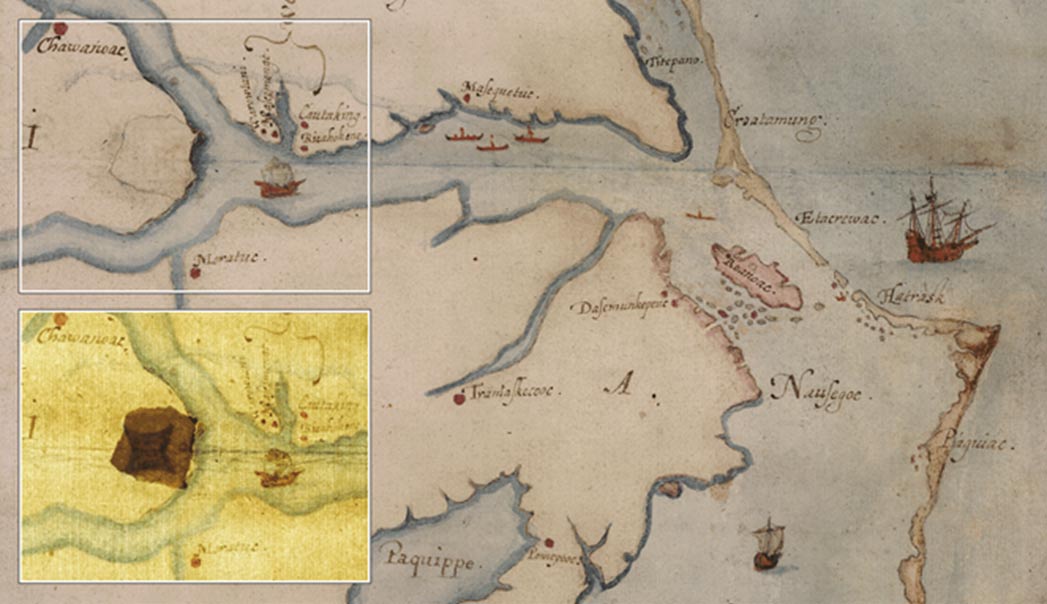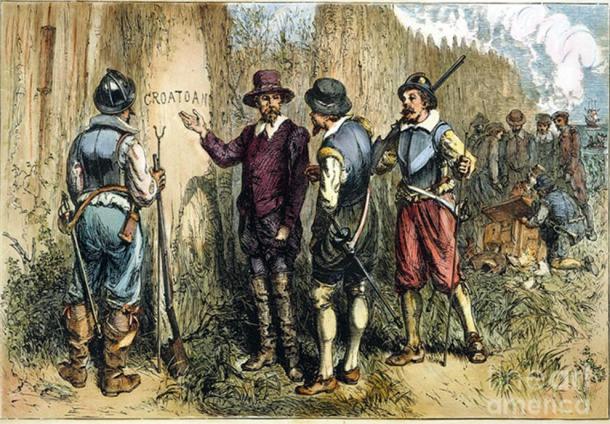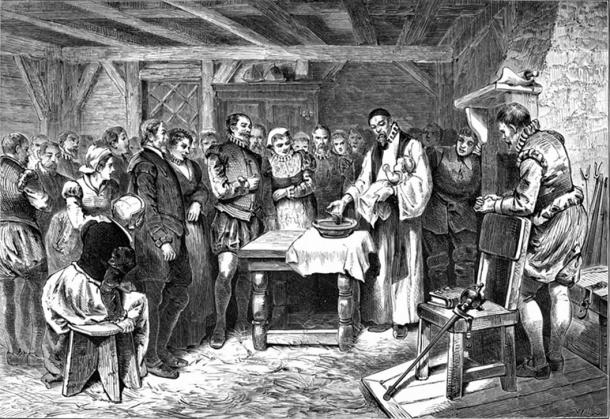Archaeologists excavate two sites where Roanoke Lost Colony settlers may have gone
The New World must have seemed so mysterious and alien to the 115 English colonists who settled Roanoke Island off the coast of North Carolina in 1587. They came from a heavily developed country to a wilderness without European-type houses, bridges, paved roads, inns, taverns or cultivated fields. There were no government officials collecting taxes, no nobility demanding obedience and tribute, no churches in which to worship the Creator of this New World and the much different Old World they'd left behind. There was wilderness everywhere, as far as one could see or walk.
Equally mysterious is what happened to these colonists, who were led by John White, sent on the mission by Walter Raleigh. White returned to England for supplies later in 1587 but was delayed in his return until 1590 because of England's war with Spain. When he came back to Roanoke, the colonists were gone, leaving only the word “Croatoan” carved on a post and the letters “CRO” on a tree.
It is possible these men, women and children had recourse to help if the natives were friendly to them, but the nature of their relations is unknown. The Roanoke colonists came years before the Pilgrims, who eventually warred with the American Indians who'd lived in Massachusetts for at least 10,000 years.



